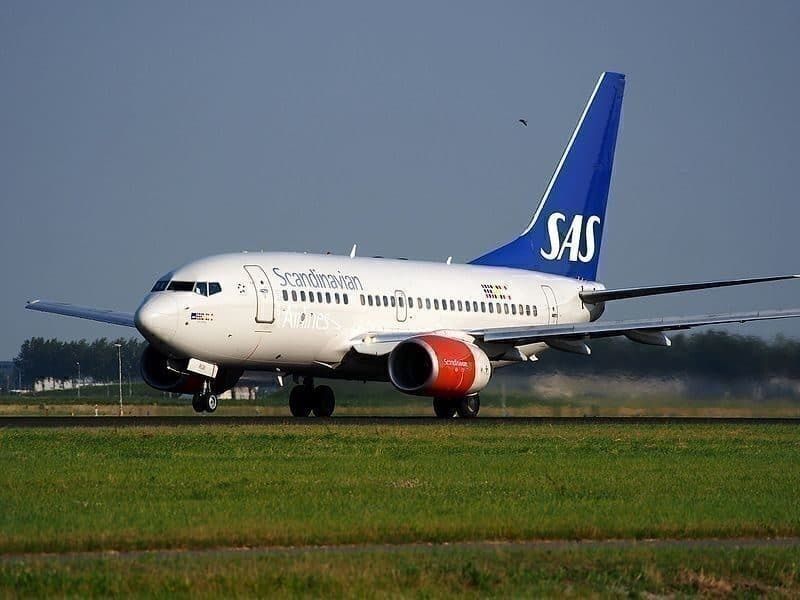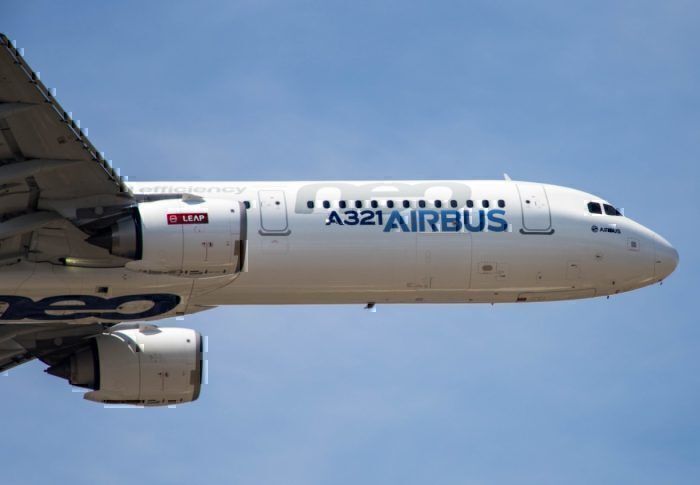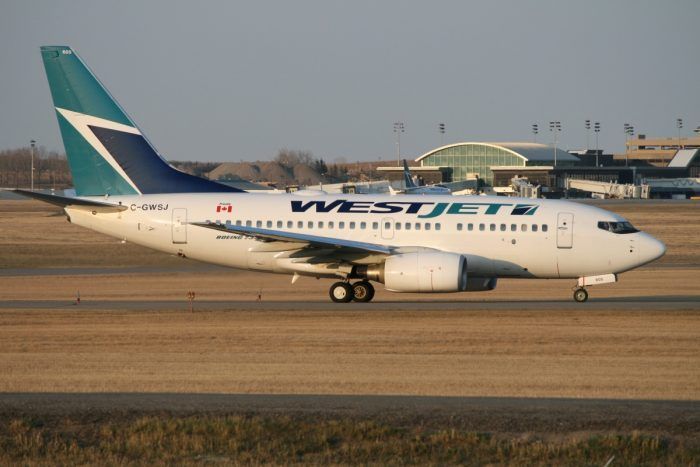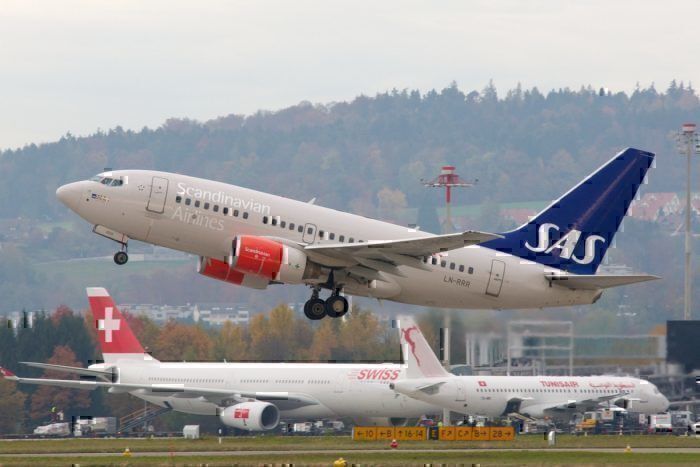Scandinavian Airlines System, commonly known as just SAS, is set to retire their last remaining Boeing 737-600s by the end of 2019.
SAS took delivery of their first Boeing 737-600 in 1995 as a replacement for their aging DC-9s. They chose the 737-600 over the -700 as it had a higher thrust rating.
This made the aircraft more suitable to operate on some of Sweden’s shorter runways. While SAS shunned the 737-700 for Sweden, they did order the aircraft for their Norwegian operations. Presumably, Norway has longer runways than Sweden.
SAS had the largest fleet of 737-600s
Along with holding the title for being the first airline in the world to fly the 737-600, SAS also holds the record for having the world’s largest fleet of the model.
Having taken 30 deliveries over six years, SAS still has six 737-600 planes in its fleet that will be replaced by the Airbus A320neo at the end of the year. As things stand, all Next-Generation Boeing 737s will be phased out by 2023.
While restricting 737-600 flights to inter-Scandinavian routes servicing Trondheim, Stavanger, Oslo and Bergen they have been known to fly other European routes. Operating from SAS’s hub in Oslo, the 737-600 sometimes flies to Dusseldorf, Amsterdam, London and Paris.
All the remaining 737-600s in the SAS fleet are configured in an all-economy layout that offers either 120 or 123 seats.
WestJet will continue to operate the 737-600
Now that SAS has called time on their domestic workhorse, WestJet of Canada will take over the reins for having the worlds largest 737-600 fleet.
The Calgary based company currently flies the last airframes for the 737-600 that Boeing ever built, taking delivery of all 13 aircraft between 2005 and 2006. At the moment WestJet has no plans to retire the aircraft which it uses on flights throughout North America.
The other last remaining 12 commercial 737-600s belong to airlines in North Africa, with Tunisair operating seven and Air Algérie five. Used primarily on domestic routes they are sometimes deployed to southern European cities like Barcelona and Marseilles.
Over the years, several airlines flew the 737-600 but they are now no more than a footnote of aviation history after either being bought up or dissolved in bankruptcy.
The 737-600 was supposed to compete with the Airbus A318
Unlike later model 737s, the 600 would never receive the acclaim it deserved, yet it has served the airlines that bought it for well for over 20 years.
Designed to compete with the Airbus A318, the Boeing 737-600 was a heavy aircraft with relatively small passenger capacity. Once fuel prices started to rise, airlines selected other 737 variants over the 600.
As a bit of a side note, the Boeing 737-600 was the only Next-Generation 737 not to be offered the option of a winglet upgrade, making it unique. If you want to fly the 737-600 before it disappears from the sky you have until the end of the year with SAS, and at least a couple more with WestJet in Canada.




